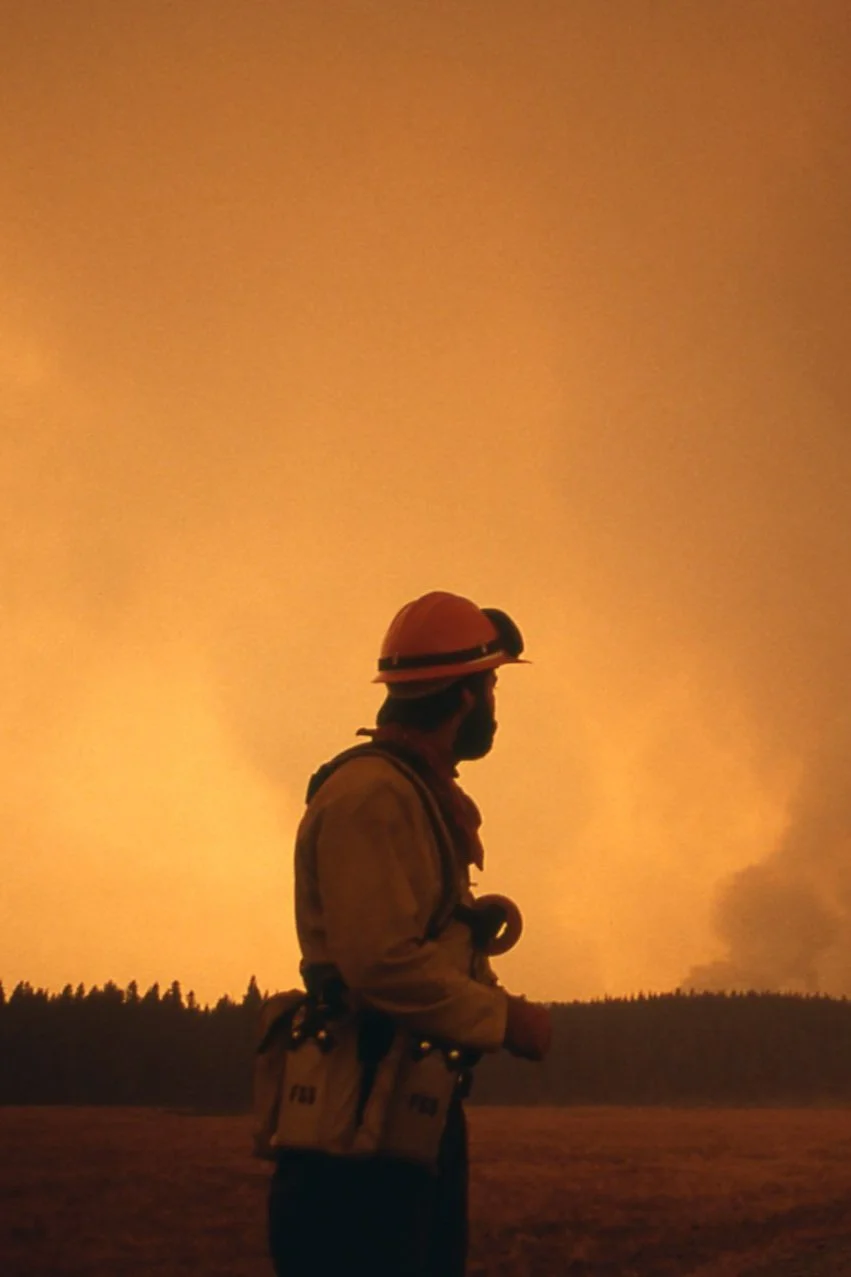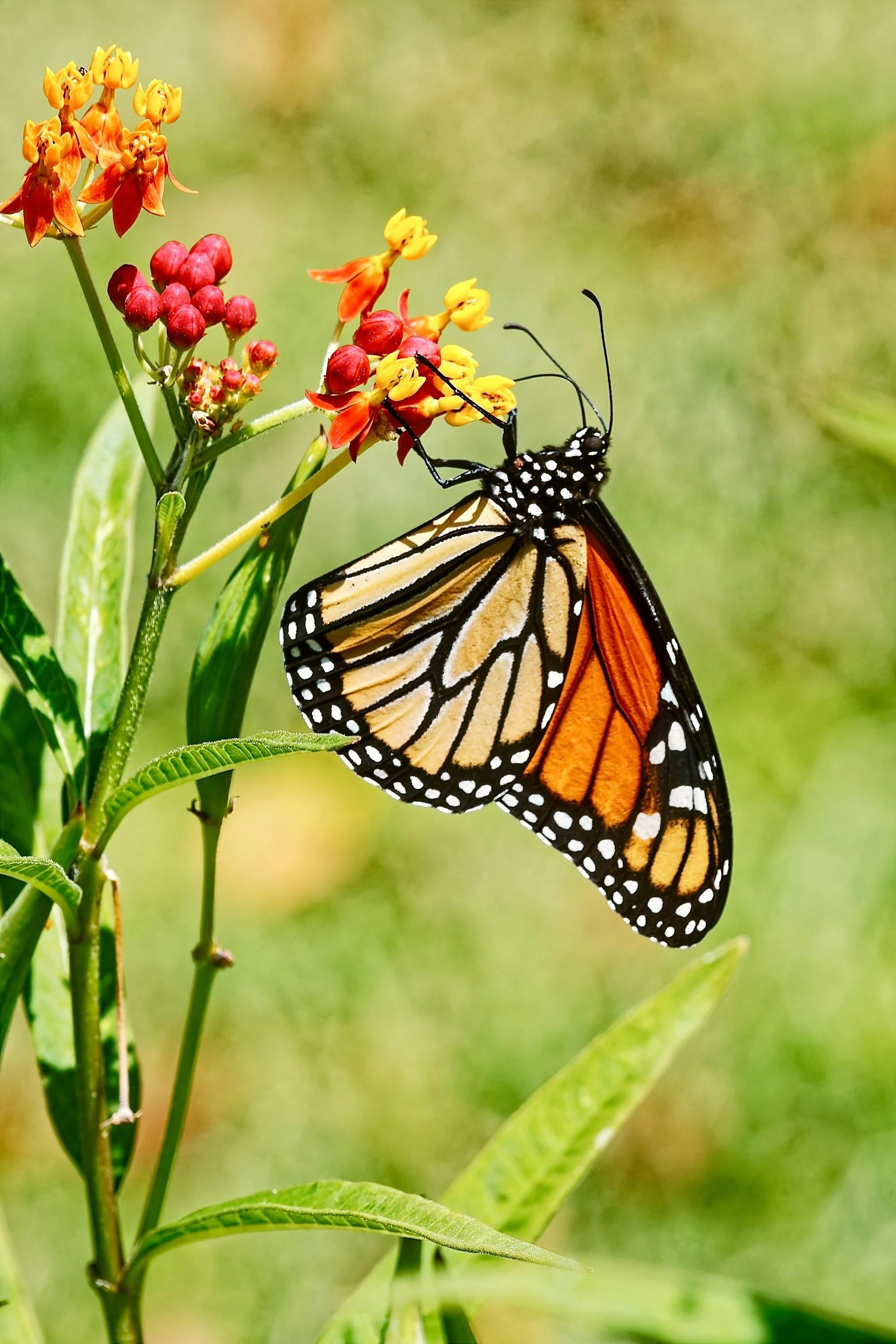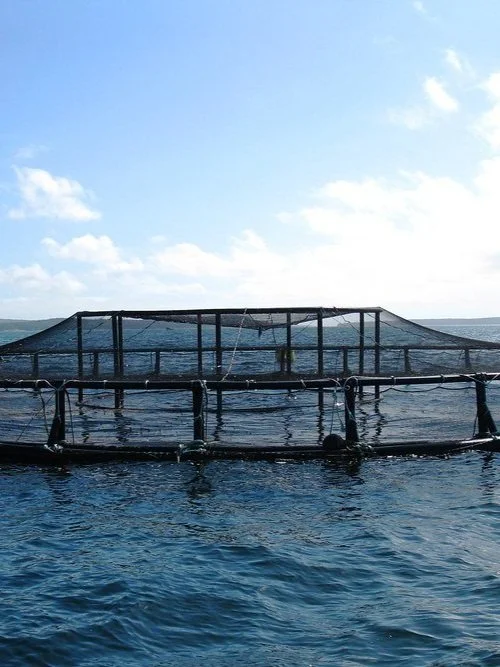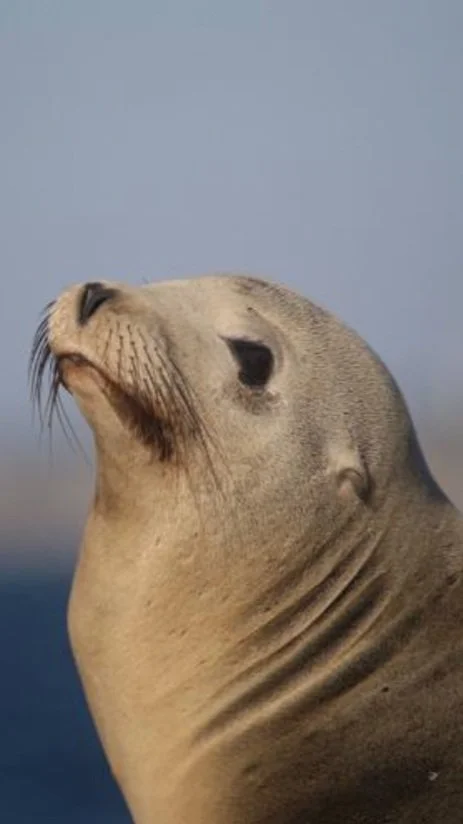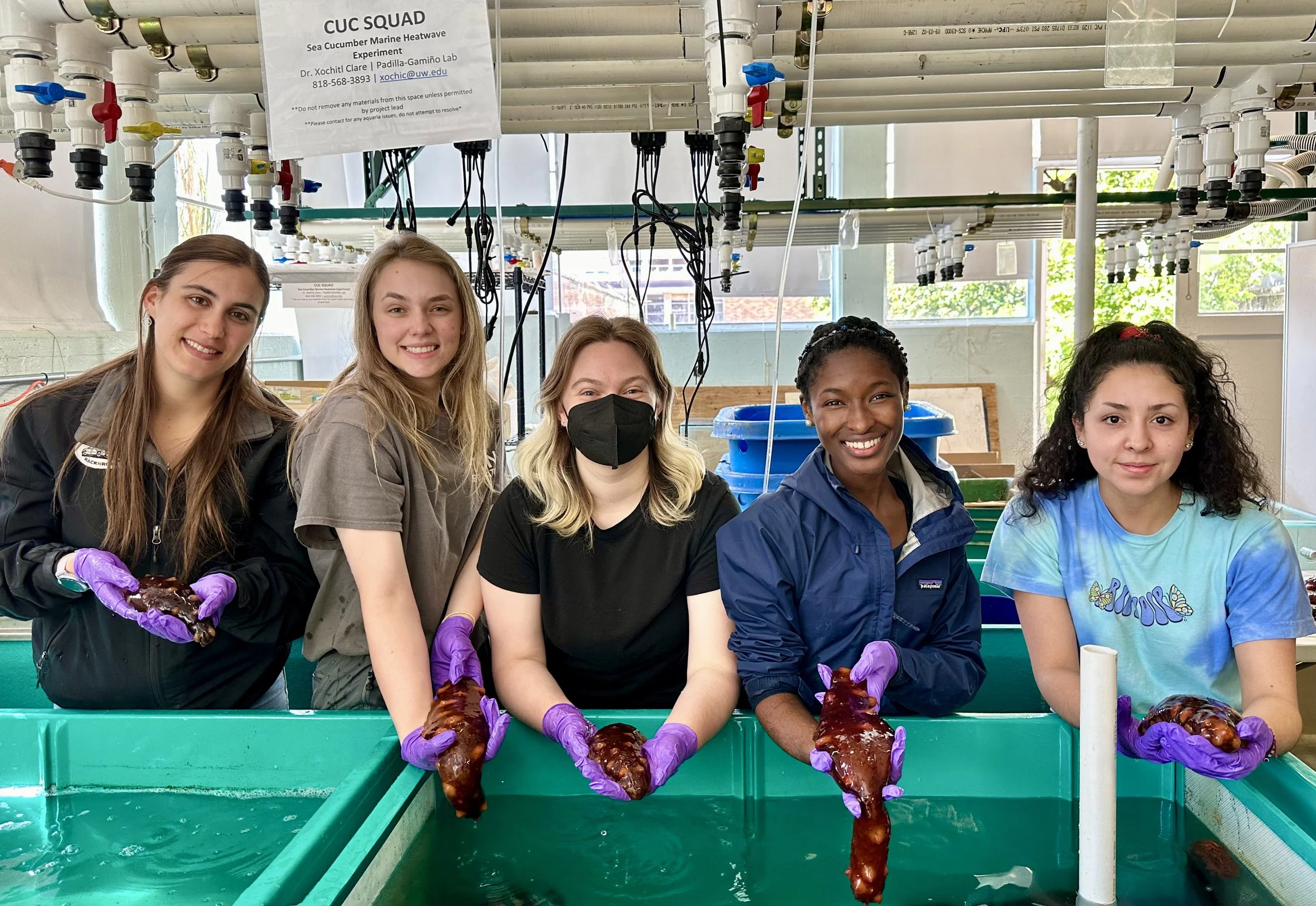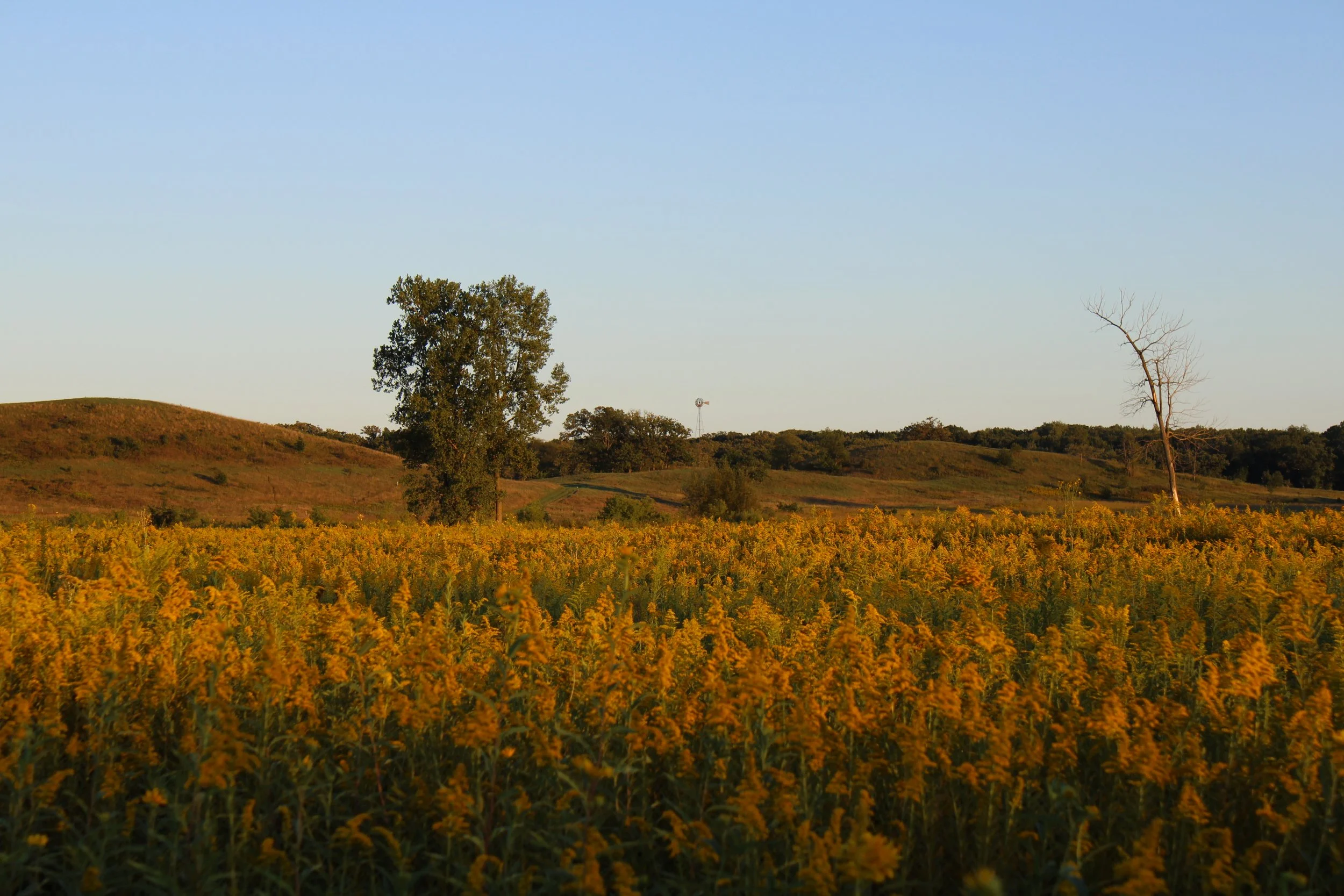Monarch butterfly populations are rapidly declining as a result of habitat loss, climate change, and limited food supplies. To secure their future, immediate conservation measures, cutting-edge technologies, and habitat restoration are crucial.
Read MoreAfter years of decline, record numbers of kokanee salmon returned from Lake Sammamish to spawn this past winter. Their resurgence is credited to King County’s Lake Sammamish Kokanee Work Group, recently energized by an emergency order to save the landlocked salmon from extinction.
Read MoreUW students develop a model to predict when the university’s famous cherry trees will bloom. Their efforts are producing valuable data for climate research and spring tourism alike.
Read MoreMuch of Washington State’s shoreline is armored against erosion, which degrades important intertidal ecosystems. The funding of sustainable alternatives is making waves throughout the state, converting armoring on both private and public land.
Read MoreThe 1988 Yellowstone Fires devastated the park but proved that even the most scorched landscapes can thrive again.
Read MoreTo address rising demand, a Spanish company has begun plans to construct a large-scale octopus farm. Activists around the world question the ethics of farming such intelligent creatures.
Read MoreTo many, the Washington Park Arboretum is a sanctuary outside the stress of the Seattle city. Scientists now know that birds don’t have that luxury and are facing challenges due to traffic on the 520 bridge.
Read MoreState agencies are racing against time to restore salmon passages and culverts. What does this mean for the future of salmon and the tribes that depend on it?
Read MoreConservationists and scientists debate over the efficacy of banning tropical milkweed from California backyards.
Read MoreNet-penning has been a long-contested issue, as advocates for its promotion of local jobs and economies clash with those exhibiting concern for marine ecosystem health.
Read MoreEnvironmental studies student Tess Petrillo shares their experience creating a guide to improve habitat restoration and ecological equity in urban environments.
Read MoreTwo major glaciers in the Prince of Wales Icefield are receding as air temperatures warm, and the implications for global sea level rise are major.
Read MoreUW Student Klara Hulick details their experience in UW’s chapter of the Society for Ecological Restoration (SER) and the process of removing invasive plants from local sites around Seattle.
Read MoreSecond-year undergraduate student Madeline Glaser describes her experience in a Costa Rica-based UW study abroad program focused on rainforest microbial ecology.
Read MoreFood Swamps–urban areas containing a 4:1 ratio of unhealthy food options to healthy ones–are a widespread phenomenon throughout the United States. Community-led solutions are striving to amend the nutritional deficits plaguing these areas.
Read MoreColony Collapse Disorder and a multitude of other factors are plaguing honeybee colonies, and researchers are trying to figure out how to mitigate their impacts.
Read MorePinnipeds are being blamed for declining salmon abundances throughout Washington and Oregon waters, but evidence suggests that numerous other anthropogenic factors are primarily responsible.
Read MoreReshaping undergraduate research structures with an interdisciplinary approach to educating the next generation of climate change problem-solvers.
Read MoreUW student provide insight on climate change and how it impacts their lives and mental health.
Read MoreDrier conditions and rising temperatures are driving more wildfires in the North Cascades, and local communities are finding ways to combat the worsening air quality.
Read More





